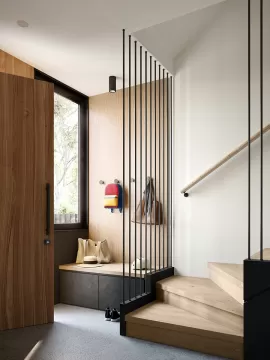The Benefits Of Environmentally Sustainable Design In New Homes
Sustainability has emerged as a significant trend in the design of new homes, driven by increasing environmental consciousness in our society and the desire for more efficient, eco-friendly living spaces that also cost less to run in the long term.
However, the truth is that Environmentally Sustainable Design is much more than just a trend. As a matter of fact, it’s one of the most effective ways for us to achieve a safer, cleaner future for all. Globally, all buildings - including new homes - currently account for about 30% of final energy use and more than 55% of electricity consumption.
With increased population and an ongoing need for new homes, prioritising sustainable design can help reduce and hopefully even reverse the impact that these new homes will have on the environment. This is why ESD has been a core focus in our own residential developments, particularly those in the Place Series.
Curious to learn more about Environmentally Sustainable Design and the positive impact it can make to your life as well as our planet’s health? Keep reading!
2. Why is ESD an important consideration in a new home
3. Examples of Environmentally Sustainable Design
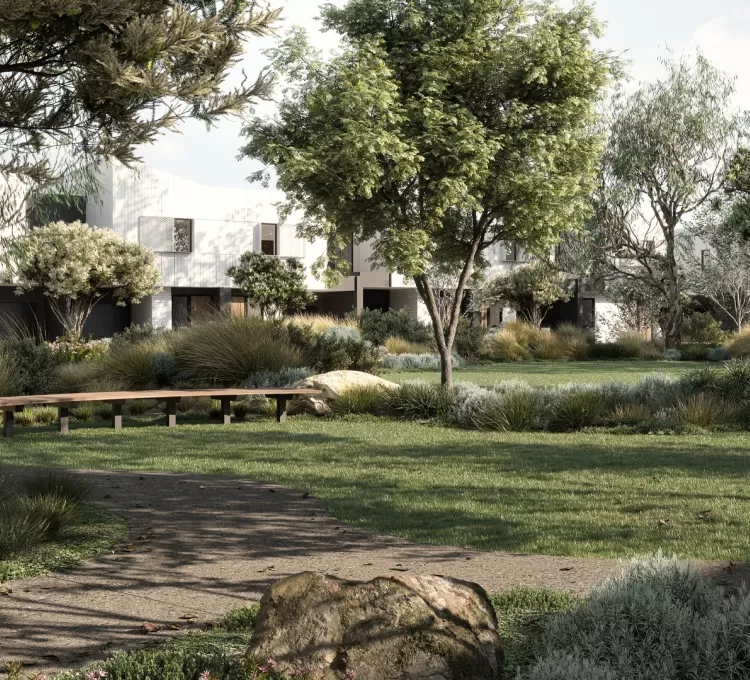
What is Environmentally Sustainable Design?
Environmentally Sustainable Design (ESD) (also known as sustainable design or green design) is an approach to designing buildings and homes in a way that minimises any negative environmental impact. This approach often involves incorporating principles and strategies that address various aspects of sustainability, including energy efficiency, resource conservation, waste reduction, and environmental quality.
ESD considers the environmental, social, and economic implications of design decisions to find a balanced outcome that meets present needs while keeping the future needs of homeowners like you in mind.
Benefits of Environmentally Sustainably Design:
- 1. Reduced energy consumption
ESD incorporates energy-efficient measures that aim to minimise energy use in homes. Whether it’s improved insulation, energy-efficient appliances, or renewable energy systems, as a homeowner you can rest easy knowing you’ll enjoy lower power bills while doing your part to a reduce greenhouse gas emissions.
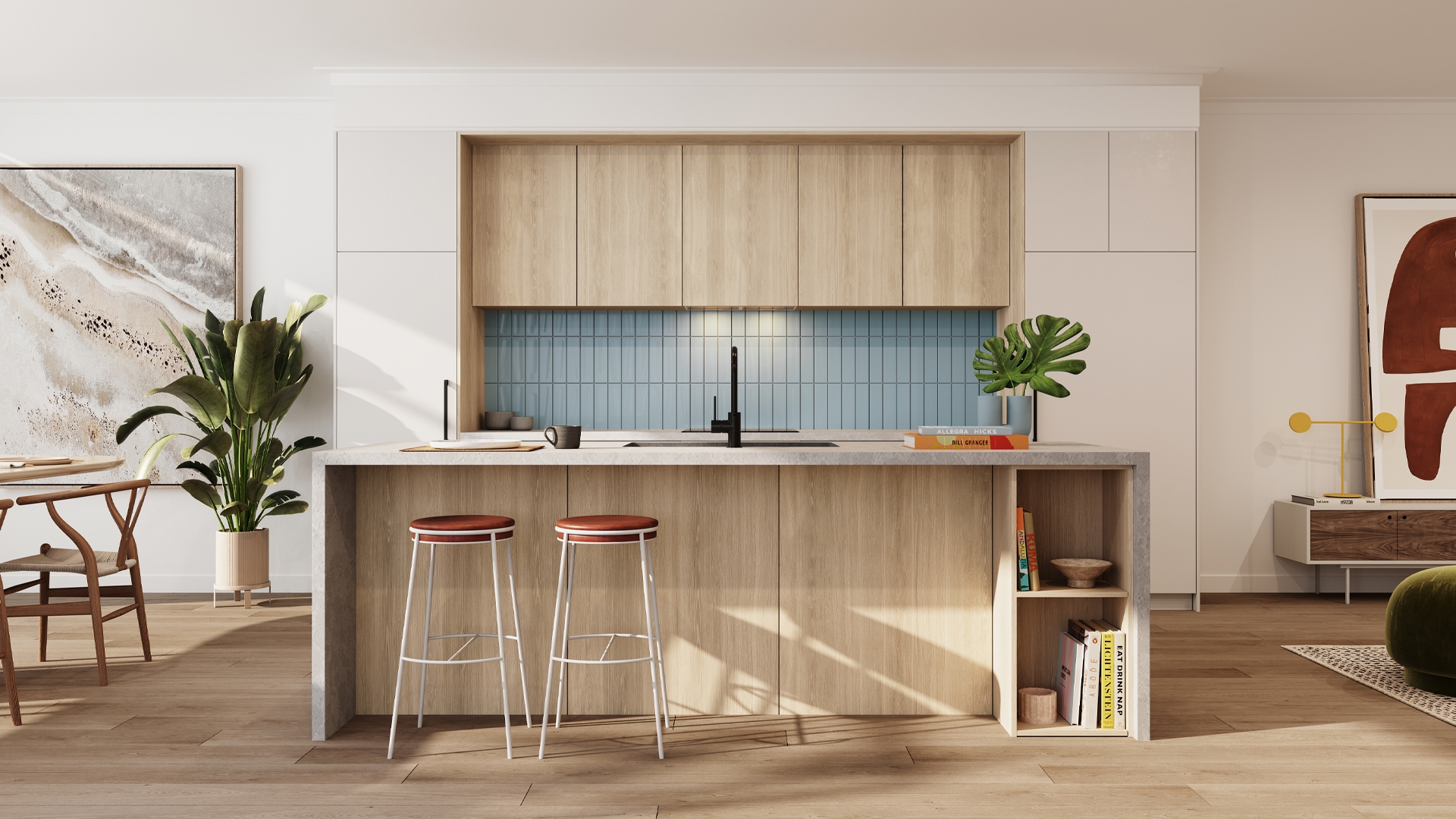
- 2. Water conservation
Efficient use of water is a key part of sustainable home design. The different design approaches to conserve water - which may include rainwater harvesting systems, low-flow fixtures, and grey water recycling - can effectively conserve water resources which in turn can help lower water bills as well.
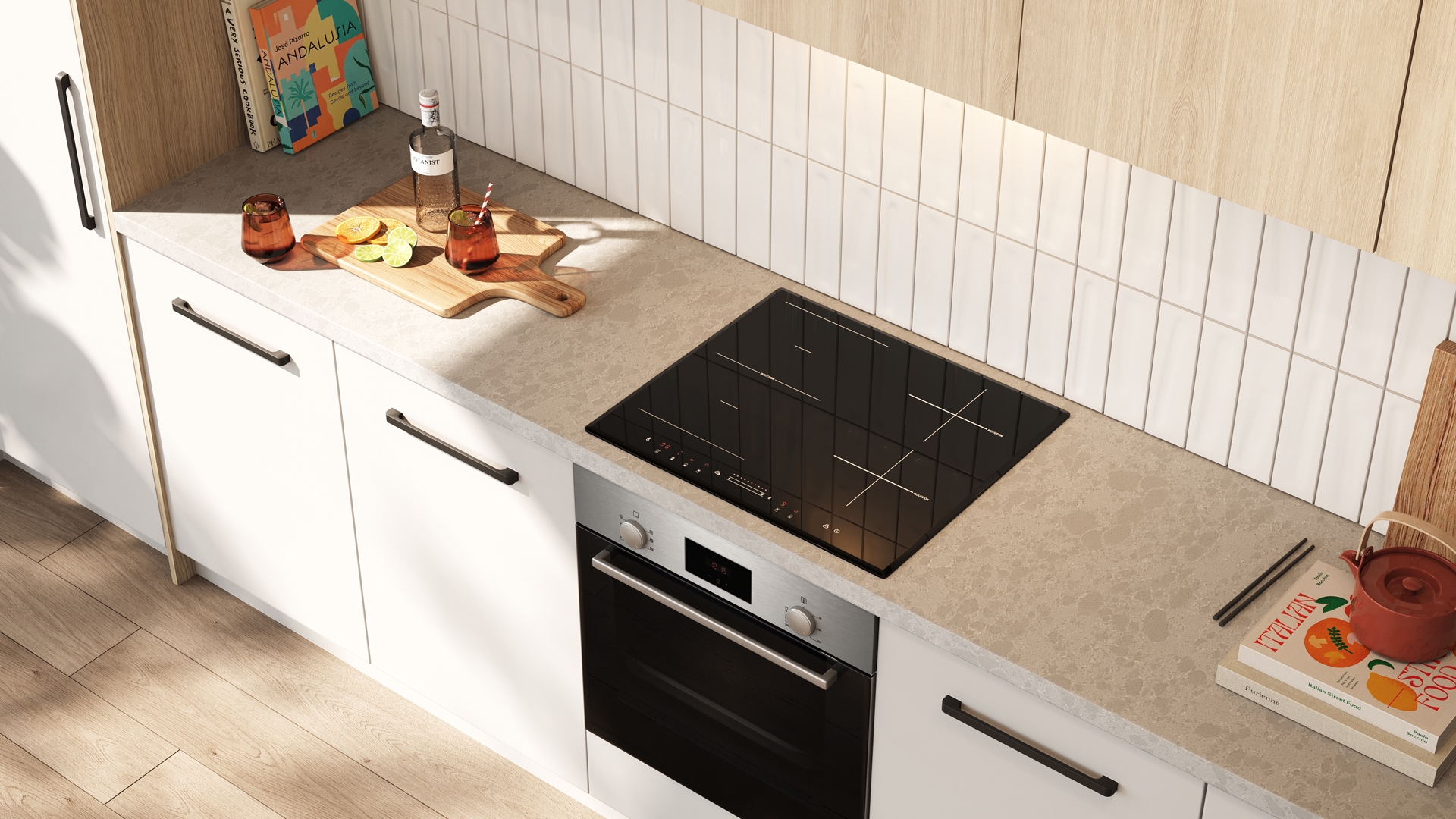
- 3. Improved indoor air quality
The combination of different ESD principles can help promote healthier indoor environments through use of non-toxic materials and well-designed ventilation systems. The improved indoor air quality isn’t just great for the comfort of those who dwell within these new homes, they can also reduce the risk of allergies and respiratory issues while contributing to your overall well-being and even productivity.
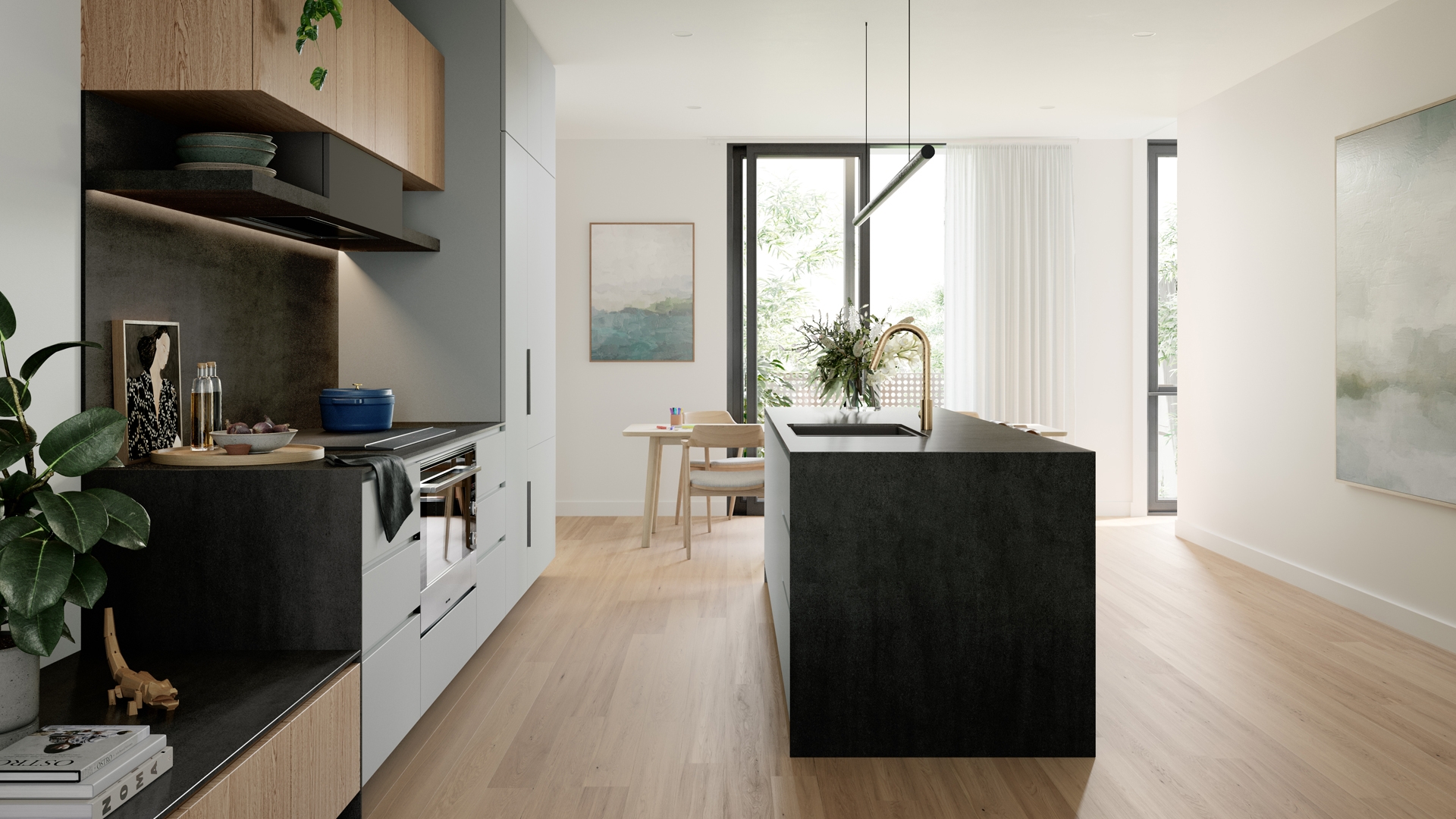
- 4. Enhanced thermal efficiency
ESD often incorporates design strategies that optimize thermal comfort within homes. Simply put, ESD can help keep your home cool in warm weather and warm in cool weather in an energy-efficient way. This includes passive design techniques such as proper orientation, shading, and natural ventilation to regulate temperature as well as energy-efficient ventilation, heating, and cooling systems.

- 5. Long-term cost savings
When considering the livability of a new home, you cannot ignore the fact that all homes will have ongoing costs related to running the home. ESD features can go a long way in providing long-term cost savings due to reduced energy and water bills.
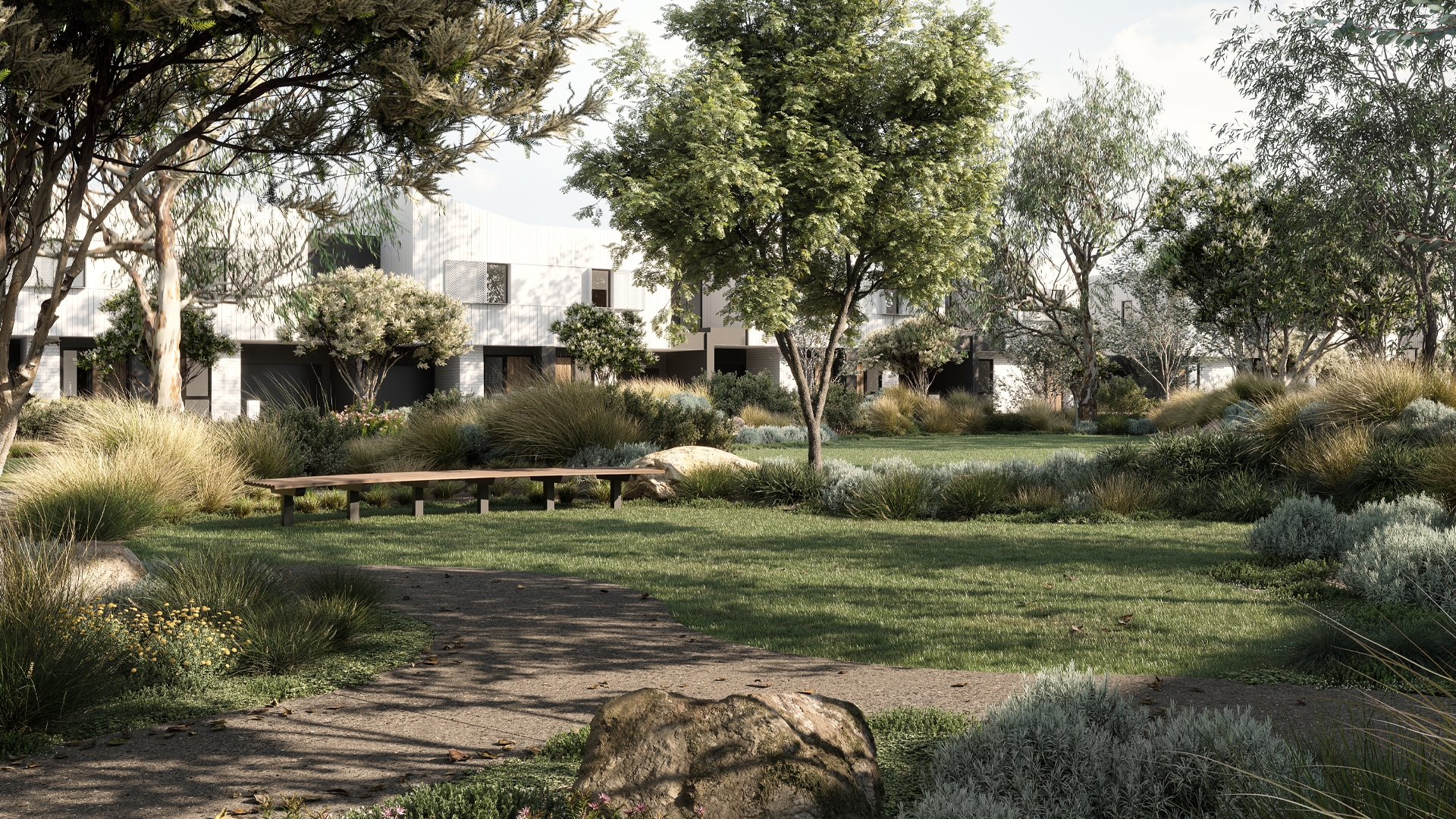
Examples Of Environmentally Sustainable Design Principles For New Homes
It’s useful to think of ESD as a set of sustainability design principles that focus on energy-efficiency and reducing the impact your home will have on the environment. Keep scrolling to learn more about the key principles of ESD.

1. Passive design
Passive design principles focus on utilizing the natural elements of the environment to maximize energy efficiency and reduce your reliance on other systems to achieve energy-efficiency. It’s often seen as the first step in designing and building a truly sustainable, planet-friendly home.
Examples of passive design features include proper orientation of the home, strategic placement of windows for natural lighting and ventilation, shading devices to minimize heat gain (including landscaping solutions like deciduous plants), and effective insulation to improve thermal performance.
Northcote Place is a prime example of homes that heavily utilises passive design principles to ensure energy efficiency throughout. All the living areas in these townhomes are north-facing with no extensive glazing on western ends, so they are oriented to maximise comfort throughout the day and through all seasons.
Each home also features cross-ventilation, large fans, and even have sliding doors at the bottom or top of the staircase at each level which act as an airlock to stabilise air movement and increase comfort by providing a thermal break between flows. All these passive design details combine to ensure that homes in Northcote Place aren’t just comfortable to live in, but are also energy-efficient and sustainable in the long run.
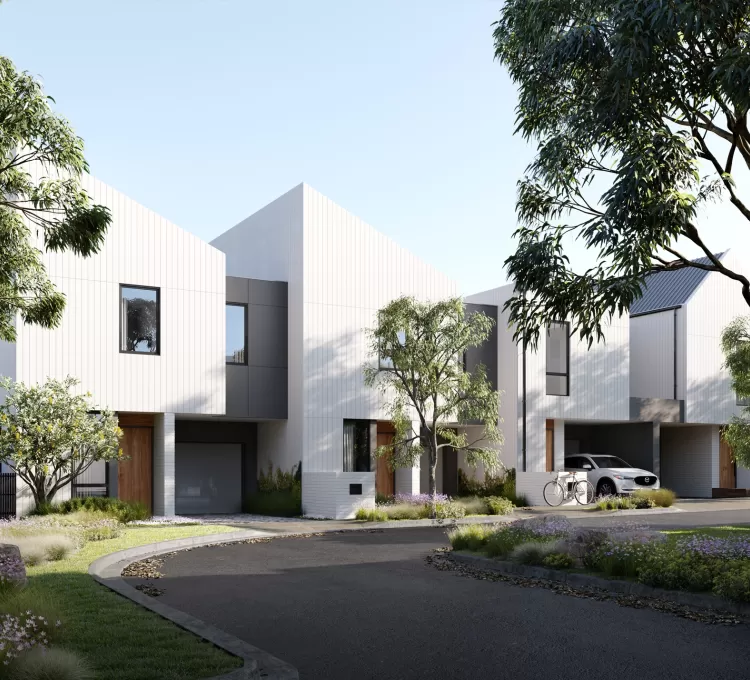
2. Use of sustainable materials
Sustainable design principles emphasizes the use of environmentally friendly and renewable materials. This includes materials such as bamboo, cork, reclaimed wood, recycled metals, and non-toxic paints and finishes. These choices not only minimise the depletion of natural resources, reduce waste, and lower the environmental impact of the construction process.
For example, at Northcote Place, we focused on materials that help boost sustainability through the use of Binq Windows’ energy efficient window frames as well as Holcim’s ECOPact low carbon concrete that reduces embodied carbon by 30–60%. Opting for these sustainable materials have helped Northcote Place achieve an 8-star NatHERS rating, a level only achieved by less than two per cent of new homes.
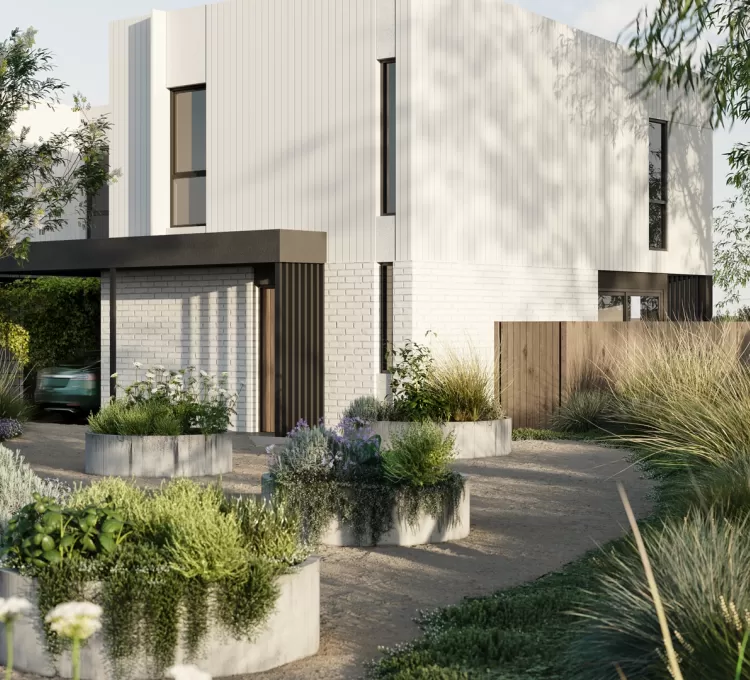
3. Water conservation
Sustainable home design often incorporates strategies to conserve water resources. This includes low-flow fixtures, rainwater harvesting systems and graywater recycling. Water-efficient irrigation systems and smart technologies that monitor and optimize water usage also play a role in reducing water consumption.
Another great way to maximise water conservation and use water more efficiently is optimising your landscaping. For example, our Preston Place development focuses on water sensitive, endemic landscaping. All the vegetation and native plantings increase bio- diversity of the site and the overall health of the Darebin creek parklands which sits directly against the border of the site.
At Northcote Place, you’ll find that all homes feature rainwater tanks that store rainwater for activities like flushing toilets, which helps to minimise potable water usage. The development also features raingardens will help to filter pollutants from stormwater runoff, contributing to reducing potential flooding locally.
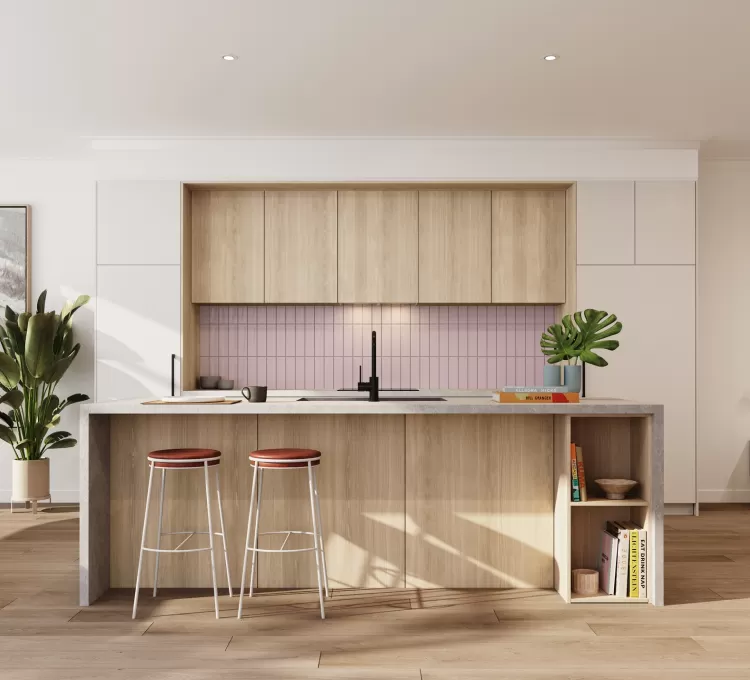
4. Indoor environmental quality
It may not seem obvious, but sustainably designed homes often prioritise indoor air quality to aid in your health and comfort. The different approaches include using low-VOC (volatile organic compound) materials, proper ventilation systems, and natural airflow to ensure fresh and clean indoor air. Additionally, the use of daylighting strategies and sightlines to nature can help boost your overall well-being.
At Edithvale Place, the spacious beachside homes have been designed to provide natural cross ventilation through the implementation of expansive windows and outdoor spaces to the front and rear of the building. This helps to funnel in cool air and carry out heat, allowing the home to be naturally cooled during summer and reducing the need for air conditioning - a cool reprieve from the balmy ocean air!
Meanwhile, at Northcote Place, indoor comfort is achieved through the use of sustainable materials including asthma- and allergy-friendly low-VOC paint as well as double or triple glazed windows by Binq Windows which reduce heat loss or heat gain by around 30% while significantly reducing noise.
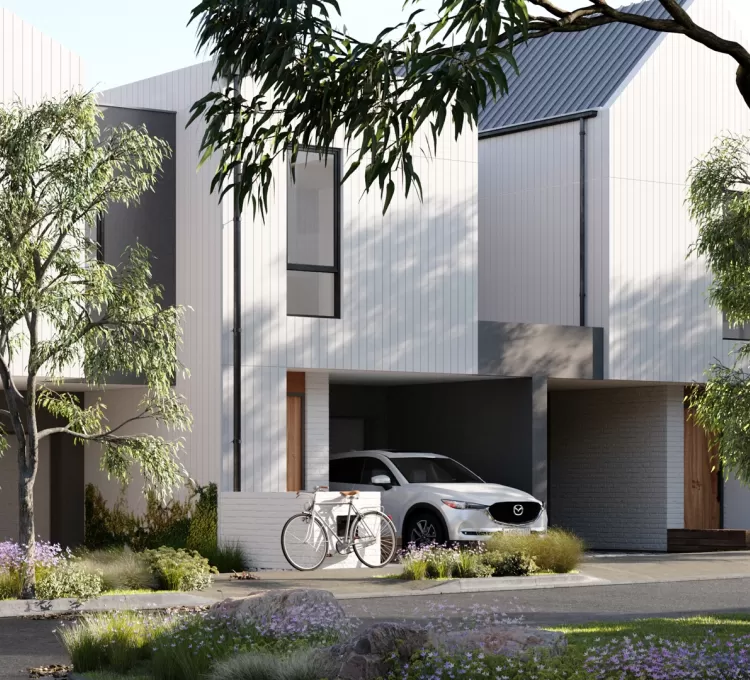
5. Integration of renewable energy
The integration of renewable energy systems such as solar panels is a significant element of sustainability design principles. These systems generate clean and renewable energy on-site, reducing reliance on fossil fuels and minimizing carbon emissions.
All our developments in the Place Series prioritises the integration of renewable energy, with 3kW solar PV panel systems installed in every home, saving you as much as $200 per electricity bill cycle and greatly reducing the carbon footprint of your household. In addition to this, all homes are future proofed, with pre-wiring included for later installation of solar batteries and electric car chargers.

6. Biophilic design
ESD often uses biophilic design to integrate natural elements into the design of the home and its surrounding environment. This includes natural light, natural materials, and views to nature. When these elements come together, they create a living environment that enhance well-being, reduce stress, and improve overall comfort and satisfaction in the home.
Nature and biophilic design plays an important role in all our developments. We were intentional in choosing locations that are conducive to community connection to nature, which not only makes for beautiful sightlines throughout but also provide opportunities for residents to be living within beautiful natural environments in areas where such a thing is difficult to find.
Preston Place, for example, is situated in a creekside environment and features a private Backyard Park that features native plantings and community garden beds, as well as a Nature Play space with grass mounds to run up and down, boulders to jump between, a swing, and gardens to explore. All this while being right across the road from Northland Shopping Centre!
Northcote Place features a Communal Garden surrounded by tall fruit-bearing trees and native vegetation where residents can be immersed in the sense of wellbeing that comes from being amongst nature. The development is also located right next to the Northcote Publuc Golf Course, which is now a public park.
And of course, Edithvale Place features incredible beachside views, and you’ll be just 200m away from one of the best kept secrets in Melbourne - Edithvale Beach.
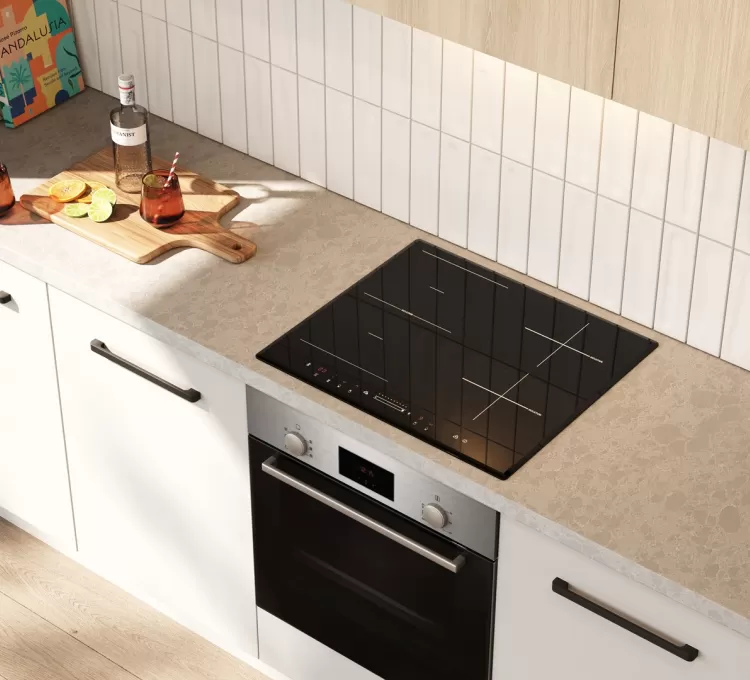
7. Reduced reliance on gas
ESD will often include design decisions meant to reduce your reliance on gas, usually by using alternative energy sources for heating, cooking, and other gas-dependent tasks. This will, of course, help you save on gas bills. But it will also reduce your reliance on fossil fuels.
All our Place Series developments including Edithvale Place, Northcote Place, and Preston Place, are 100% gas-free. Instead of gas systems, hot water will be supplied by an energy efficient heat pump system and kitchens will feature modern, high quality induction cook-tops.
Environmentally Sustainable Design - The Way Of The Future
While sustainable design is often thrown about as a buzzword, it’s important to factor it into your decision when choosing a new home. Not only will ESD elements and systems create a better future for our shared planet, it will also go a long way in reducing your power bills and carbon footprint while creating a home that is comfortable to live in for all seasons. It’s a win-win across the board!
Metro Property Development’s Place Series highlights our environmentally conscious residential developments across Australia, with sustainability being at the core of each distinct development. Learn more about our Place Series here.
















